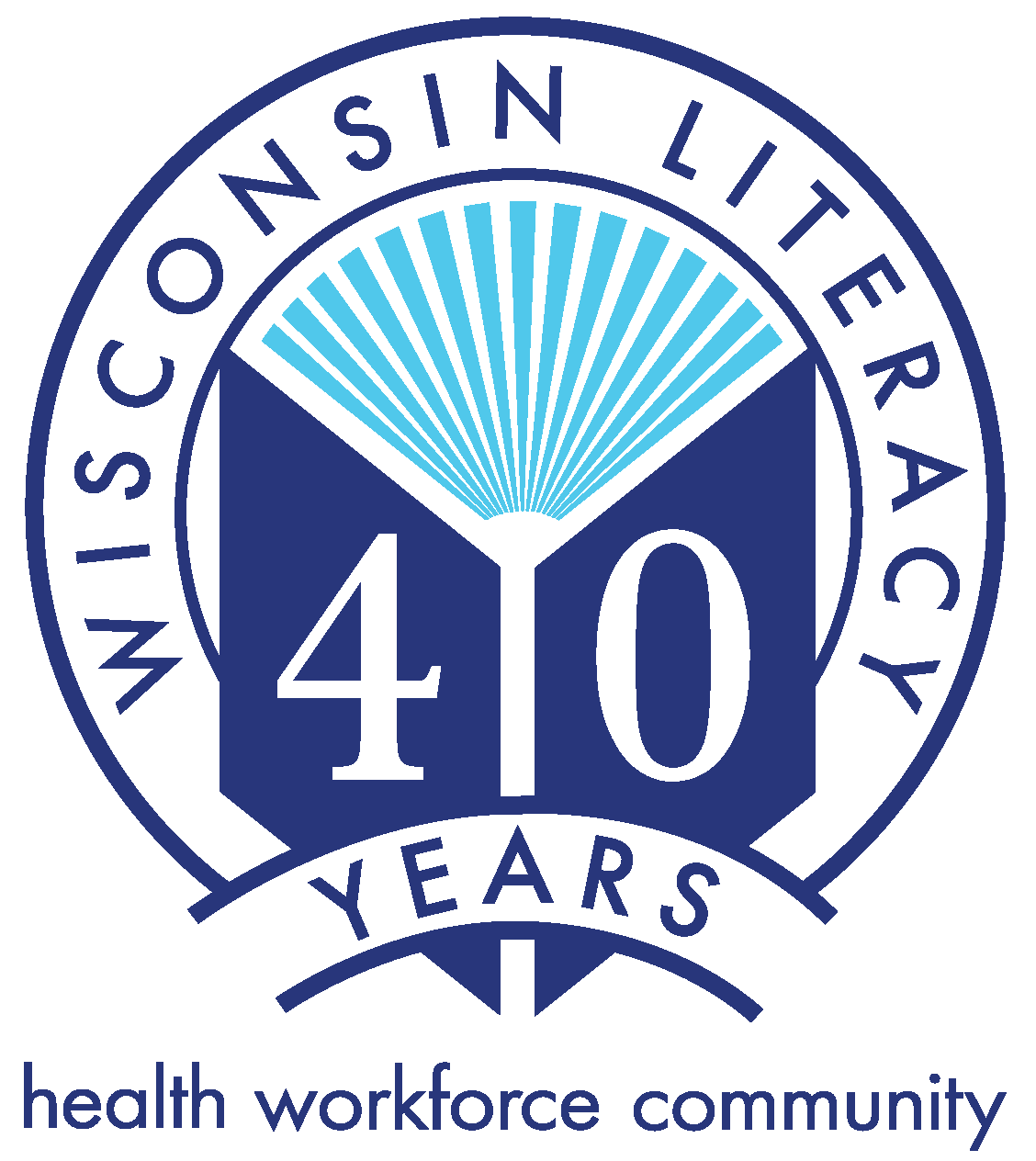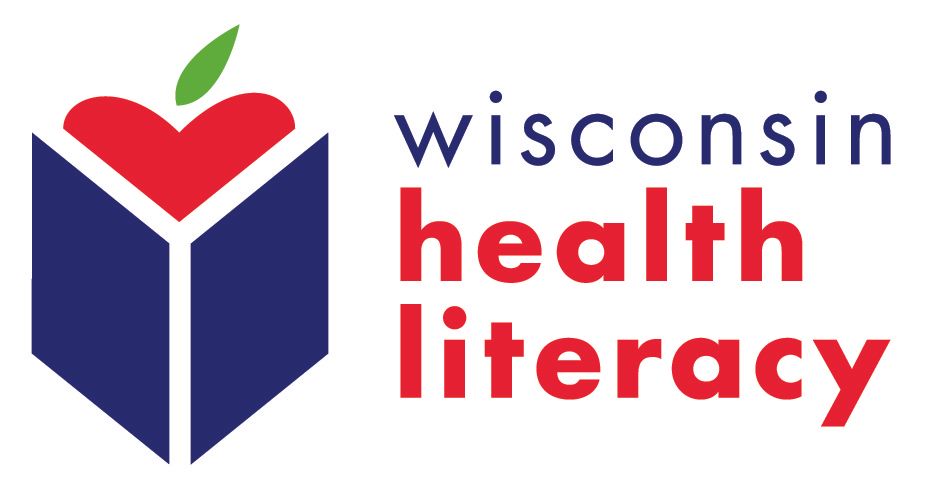Lesson Planning
Use information you learned during assessments and intakes. Consider learner goals in every aspect of lesson planning. Lesson plans should be relevant and offer authentic practice of the skills learners need on a daily basis.
What makes an effective lesson plan?
Student-centered and Goal-based
Consider your learners’ experiences, skills, needs and barriers. Get to know your learners:
- Ask questions
- Listen
- Use information you already have
- Informal assessments
Set goals that are:
- Achievable
- Relevant
- Actionable
Actionable
What does your learner need to do? Your lesson goals and objectives should center around what your learner needs to do with their emerging skills. Instead of “learn simple present tense,” try a goal like:
- Describe a problem
- Fill out a report
- Follow instructions
- Report an accident
- Request time off
Level-appropriate
Assessments help to set the objectives, materials, methods and evaluation. Remember to use a mix of formal and information assessment.
Multi-sensory
We learn: 20% of what we hear, 40% of what we hear and see, 80% of what we do.
Organized and Flexible
Adult learners sacrifice a lot to attend classes. They may have families, multiple jobs and other commitments. Have an organized lesson plan to show that you respect your learners’ time and set the stage for a positive learning environment.
That said, the best lesson is responsive to the learner. If a learner has a pressing need (job interview the next day), feel comfortable tabling your lesson plan to focus on the more immediate goals.
Lesson plans should include 7 components:
- Warm Up
Use real life to “hook” learners, activate prior knowledge and loosen up.
Example: If you will focus on English needed in a custodial job, use a photo of a person cleaning. Point to different areas (a window, a table, the floor, etc.) and say what supplies you use to clean at home. Ask your learner what supplies they use to clean at work.
- Review
Begin every lesson with a review of the last lesson. Complete an authentic task to review material. Spend as much time as needed on review.
Example: Use flashcards to review the name of cleaning supplies.
- Introduction of New Material
Elicit, don’t present. Instead of, “The rule is….” ask, “Can you see a pattern?” Use authentic practice to discover patterns and work toward fluency in daily situations.
Example:
Marco told me he uses Windex at home.
Marco said he uses vinegar at work.
We told students to practice English at work last week.
We said speaking English at work will help students learn faster.
Now, you try:
Joseph __________________ us about his job.
He _____________ he works in a factory.
Rule: If the audience is identified, use “tell/told.” If not, use “say/said”
- Structured Practice
Begin with controlled activities that have clear answers. Correct errors related to the topic of study.
Work your way toward activities with less structure. Dialogs are great for authentic, structured practice.
- Free Practice
Focus on fluency over accuracy. Use role play and authentic language activities to practice new skills. Limit error correction. Use this time to help learners build confidence using new skills.
- Assessment
Did learners demonstrate lesson plan objectives? Use assessment throughout the lesson to guide future planning. What did learners do successfully? Start with that as a review during the next class. What activities or materials were challenging? Reinforce with structured and free practice during the next lesson.
- Wrap Up
End on a successful note. Finish with an activity learners are able to do confidently. Review what went well and what you should focus on during the next class. Talk about ways to practice new skills at home, work or in the community.
Sources:
Evaluation as an Element in Good Literacy Practice: www.nald.ca/CLR/csa/csa1a.htm
Resources:
Sample lesson plan forms from are located following this section.
Sample lesson plans for decoding and spelling: http://lincs.ed.gov/publications/pdf/MakingSense_LessonPlans_ALL.pdf
More lesson plans for teaching reading to adults: http://abspd.appstate.edu/sites/abspd.appstate.edu/files/Inspire_a_Life_ of_Reading.pdf

